Plasterboard Fixings – The Complete Guide for Cavity & Hollow Wall Fixings in 2023
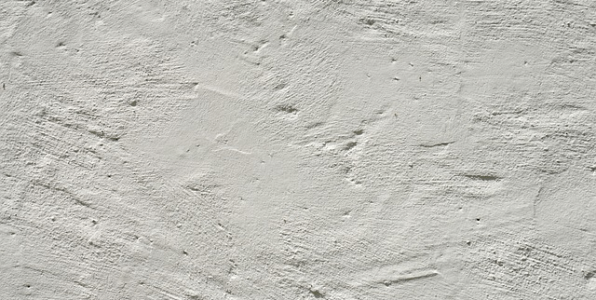
Are you ready to embark on a DIY project and need some guidance on how to hang items securely on your plasterboard walls? Look no further! This comprehensive guide will walk you through the process of selecting and installing the right plasterboard fixings for various wall types, ensuring that your pictures, mirrors, and shelves stay put.
Short Summary
- Choose the right plasterboard fixings for your project depending on wall type and weight.
- GeeFix hollow wall anchors, metal cavity anchors, spring toggles & snaptoggle wall anchors are effective options for secure hold in plasterboard walls.
- Consider weight distribution, anchor points & regular maintenance when installing plasterboard fixings.
Choosing the Right Plasterboard Fixings for Your Project
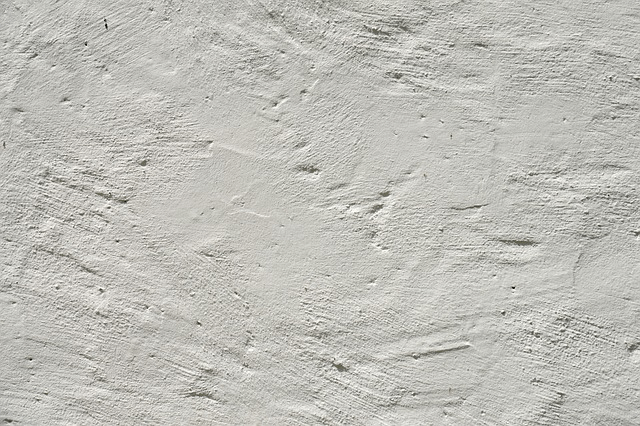
Choosing the right plasterboard fixings for your project is essential to ensure a secure hold. Whether you are working with cavity walls, hollow walls, or solid walls, the appropriate fixing can make all the difference.
With a variety of options available, such as metal cavity anchors, spring toggles, and snaptoggle wall anchors, it’s crucial to select the right one for your particular wall type and the weight of the items you plan to hang.
Cavity Wall Fixings
Cavity wall fixings are designed specifically for securing items to cavity walls. These fixings are an alternative to regular screws and can hold loads of up to 5 kg in plasterboard.
Snaptoggle cavity wall anchors, for example, offer a reliable and adaptable option for difficult or challenging projects that involve securing heavy items to walls or ceilings.
Hollow Wall Fixings
Hollow wall fixings, on the other hand, are utilized to firmly attach items to hollow walls. Spring toggle cavity fixings are commonly used for hanging shelves and double-thickness plasterboard applications.
For more heavy-duty requirements, GeeFix hollow wall anchors are designed specifically for use in hollow walls and can accommodate extra load capacities.
Solid Wall Fixings
For solid walls, such as brick or concrete, solid wall fixings like expanding masonry bolts, frame fixings, and metal anchors are used to securely attach items. It’s essential to prepare the wall properly before installation and employ the appropriate type of fixing for the task.
Careful drilling of holes, securing anchors, and considering the weight of the item being attached are all necessary steps in the process.
Top Plasterboard Fixing Options for Cavity Walls
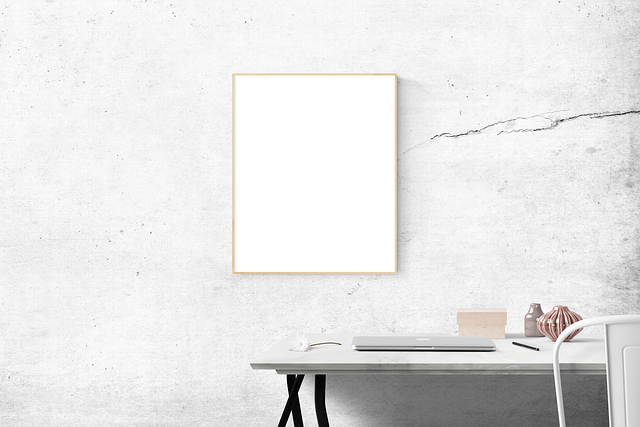
When it comes to the top plasterboard fixing options for cavity walls, metal cavity anchors, spring toggles, and snaptoggle wall anchors reign supreme. These fixings are designed to provide a secure and solid hold in cavity walls, making them the go-to choice for projects involving cavity walls.
Metal Cavity Anchors
Metal cavity anchors are heavy-duty fixings used in plasterboard and cavity walls for applications such as radiators, shelving, and handrail brackets. They are designed to provide a secure and reliable fixing in cavity walls and expand when screwed into the wall. Available in toggle bolts, molly bolts, and self-drilling anchors, these anchors offer versatility in shape and size.
When installing metal cavity anchors, ensure that the hole is the precise size and depth, and that the anchor is firmly affixed without over-tightening, which can lead to damage to the plasterboard.
Spring Toggles
Spring toggles are heavy-duty anchors used to affix objects to surfaces like plasterboard or hardboard. Featuring a spring-loaded toggle that expands when inserted into a cavity, these anchors can hold up to 55 pounds on 3/4-inch wallboard.
To install spring toggles, drill a hole in the wallboard slightly larger than the toggle, insert the toggle into the hole, and tighten it until secure. Ensuring optimal performance requires even weight distribution of the object being secured and regular inspection of the toggle’s security.
Snaptoggle Wall Anchors
Snaptoggle wall anchors are a type of drywall anchor capable of supporting a considerable amount of weight, with up to 265 pounds each in 1/2-inch drywall. Snap toggle cavity wall anchors in standard 12.5mm-thick plasterboard can support up to 100kg. This is with the use of two fixings.
These anchors provide a secure and reliable option for hanging heavy items such as cabinets, radiators, and mirrors.
Heavy-Duty Solutions for Plasterboard Walls
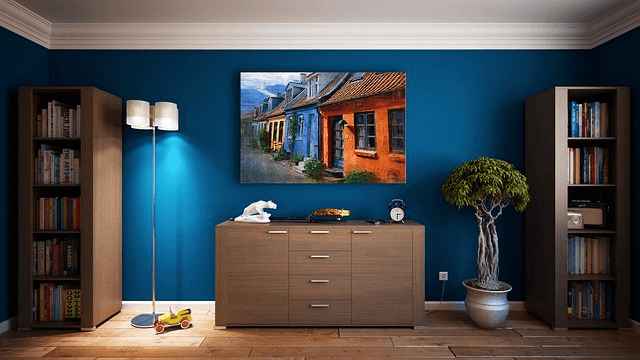
For those requiring heavy-duty solutions for plasterboard walls, GeeFix hollow wall anchors and self-drilling plasterboard anchors are the top contenders. These anchors provide robust and reliable support for heavy items, ensuring that your installations remain secure and stable.
GeeFix Hollow Wall Anchors
GeeFix hollow wall anchors are heavy-duty plasterboard fixings designed for use with cavity and hollow walls. Boasting a wide range of material compatibility and able to support loads of up to 270 kgs, these anchors are easy to install and require minimal tools.
Simply drill a hole in the wall, insert the anchor, and tighten the screw to ensure the anchor is firmly secured.
Self-Drilling Plasterboard Anchors
Self-drilling plasterboard anchors feature a pointed tip that allows them to penetrate plasterboard without the need for a pilot hole. These anchors are designed to securely attach objects to plasterboard walls without pre-drilling, making them an ideal solution for securing electrical sockets, light switches, pictures, and other lightweight wall fixtures.
They are easy to install and require no special tools, making them a great choice for DIY projects. They are also strong and reliable, providing a secure hold for your fixtures.
Installation Tips for Plasterboard Fixings

To ensure a successful installation of plasterboard fixings, it’s important to follow a few key tips, such as drilling holes, securing anchors, and affixing items.
These crucial steps will guarantee a secure and reliable hold for your plasterboard installations.
Drilling Holes
When drilling holes for plasterboard fixings, it’s essential to use the appropriate drill bit size and ensure that the hole is sufficiently deep to house the fixing. Create a clearance hole by using a drill bit slightly larger than the fixing and drill a hole deep enough to accommodate the fixing.
Insert the fixing into the clearance hole and use a hammer or screwdriver to secure it in place.
Securing Anchors
Securing anchors is an important step in the installation process. After drilling a hole in the wall, insert the anchor and use a screwdriver to tighten the fixing until it is secure.
Ensure that the anchor is not overly tightened, as this can lead to damage to the plasterboard.
Affixing Items
When affixing items to plasterboard, it’s crucial to ensure that the item is firmly attached to the wall and that the fixing is correctly aligned. Use the appropriate screws or bolts to attach the item and make sure they are firmly tightened.
Also, consider the weight distribution of the item being hung and the type of wall it is being affixed to.
Best Practices for Ensuring a Secure Hold
To guarantee a secure hold with plasterboard fixings, it’s important to follow best practices such as considering weight distribution, anchor points, and maintenance. These practices will ensure the safety and longevity of your plasterboard installations.
Regular maintenance is also important to ensure the plasterboard fixings remain secure. Check the fixings regularly for signs of wear and tear, and replace any that are damaged or loose. This will help ensure the safety of your plasterboard.
Weight Distribution
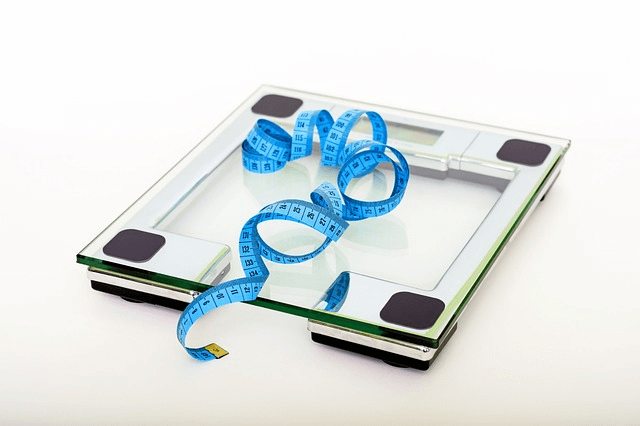
Weight distribution plays a significant role in the success of plasterboard fixings. By providing a greater surface area, pressure can be more evenly distributed across the plasterboard, allowing it to support a greater weight of items attached to it.
To ensure proper weight distribution, use multiple fixings to spread the load across a larger area, preventing the plasterboard from being overburdened in any one area.
Anchor Points
Anchor points are fasteners that secure plasterboard fixings to walls, providing a secure base for the fixings to hold onto and prevent them from falling off. Metal cavity anchors, spring toggles, snaptoggle wall anchors, GeeFix hollow wall anchors, and self-drilling plasterboard anchors are all available anchor points.
To install anchor points, drill holes in the wall, secure the anchors in place, and then attach the desired items to be hung.
Maintenance

While there are no specific maintenance requirements for plasterboard fixings, it’s important to ensure that items are securely fixed to plasterboard and to inspect the wall around the fixing for any signs of damage or wear.
Make sure the fixing is not loose or detaching from the wall, and replace it if necessary.
Plasterboard Fixings for Fibreboard and Other Wall Types
Plasterboard fixings are not limited to plasterboard walls alone – they can also be used for fibreboard and other wall types. With a variety of options available, such as gypsum plasterboard fixings, fibreboard fixings, wooden panel fixings, metal self-drill fixings, plugs, wall anchors, and spring toggles, the right fixing for your specific wall type is within reach.
Fibreboard Fixings
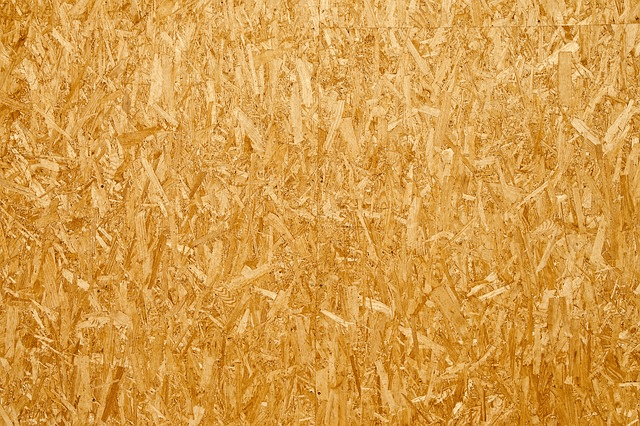
Fibreboard fixings are products used to affix objects firmly to fibreboard surfaces. These fixings come in a range of shapes and dimensions, such as screws, nails, and wall anchors.
When installing fibreboard fixings, it’s crucial to ensure that the holes are accurately drilled and that the fixings are firmly fastened. To guarantee a secure hold, consider weight distribution and proper maintenance of anchor points.
Fixings for Other Wall Types
Various wall types require a variety of fixings, such as expanding masonry bolts, frame fixings, chipboard fasteners, tee nuts, screw sockets, cross dowels, block joints, metal anchors, Philips screws, wall plugs, spring toggle anchors, self-drive anchors, and hollow expansion fixings.
Selecting the appropriate fixing for your specific wall type is crucial for a secure and reliable installation.
Summary
In conclusion, choosing the right plasterboard fixings for your project is essential to ensure a secure hold for your items. By understanding the different types of fixings available, following best practices for installation, and maintaining your fixings, you can successfully complete your DIY project and enjoy a stable and secure installation. So grab your tools and start hanging your items with confidence!
Frequently Asked Questions
What are the best fixings to use on plasterboard?
When it comes to plasterboard, using the right fixings is essential. Plastic or metal screws are suitable for lighter objects, while plastic anchors and spring toggles work better for medium loads.
For heavier items, metal spring toggles are recommended. With the right fixings, you can ensure your plasterboard structure is securely fastened.
Are plasterboard fixings any good?
Overall, plasterboard fixings are a reliable and convenient way of securing plasterboard to a wall. They come in different shapes and sizes, offer great value for money, and can be used for a wide variety of projects. From the evidence, it seems that plasterboard fixings are an excellent choice for securely fixing plasterboard. They have a robust design, are straightforward to install, and are suitable for many types of applications.
How much weight can you hang on a plasterboard fixing?
Generally, it is recommended that you hang a weight of up to 30kg on a single plasterboard fixing. However, by using multiple fixings to support the same item, you can hang weights of up to 50kg safely.
Plasterboard fixings how to use?
For best results, use a plasterboard drill bit when making the hole in your plasterboard. Then insert the fixing by pushing the plug into the drilled hole.
Make sure to secure the screw tightly to ensure a strong and reliable fixing.
How to screw into plasterboard?
For secure and reliable fixing into plasterboard, drilling the required size hole and using a universal wall plug is a simple and effective option.
Simply push the universal plug in, insert the screw and tighten to complete the process.
Comments are closed